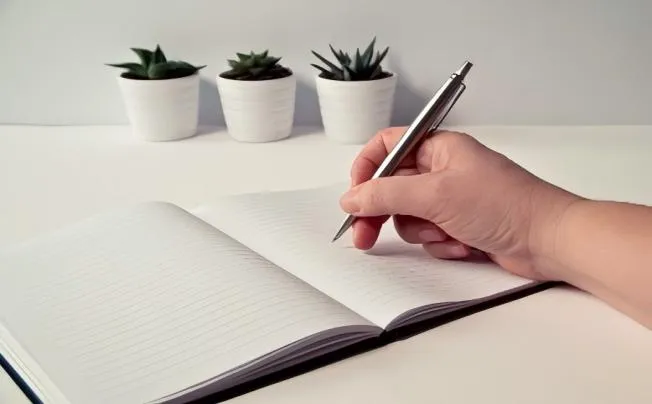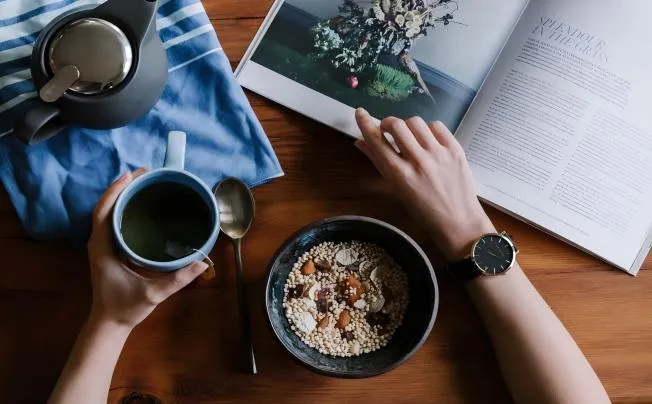How To Line A Galvanized Flower Pot?
Lining galvanized flower pots creates a barrier between the metal walls of the pot and the soil, effectively preventing moisture, salts from fertilizers, and other substances that may cause corrosion from coming into direct contact with the metal, greatly extending the life of the pot.
Required Materials
1. Gardening fabric: This non-woven substance was created especially for gardening. Both its water and air permeability are good. It plays a preliminary isolation and protection role by efficiently keeping soil particles from clogging the drainage holes while enabling water to flow freely, guaranteeing the flower pot's good drainage performance. It also keeps soil from coming into direct touch with the flower pot's wall.
2. Waterproof cloth: It has outstanding waterproof properties and can successfully keep moisture from soaking through the flower pot's metal wall, enhancing its defences against rust and corrosion damage. Make sure it is flexible enough to fit the flower pot's shape securely while making your selection.
3. Coconut bran: This premium cultivation substrate is made from the fibre of coconut shells. It has good air permeability and water retention. It may keep the soil moist while giving the plant roots enough oxygen, which promotes the roots' healthy development. Additionally, coconut bran can change the soil's pH and provide most plants with a favourable growing environment.
4. Scissors: To guarantee a snug fit, scissors are used to cut waterproof cloth and gardening fabric to the proper size and shape for the flower pot.
5. Gardening glue or tape: If the lining material needs to be fixed, these products can help to securely join the layers of lining materials so they don't move or come loose while being used.

Detailed steps for adding lining
1. Getting ready
To start, give the flower pot a thorough cleaning to get rid of any dust, debris, and potential rust. You can use a moist cloth to wipe it. Use a soft brush and a light detergent to gently scrub away rust or tough stains. After that, rinse it with fresh water and allow it to air dry. Cut the tarpaulin and gardening cloth to the proper size based on the flower pot's dimensions. A certain margin should be left at the edge for future fixing and trimming, and the cut should be large enough to cover the interior of the flower container. Generally speaking, a 5–10 cm margin should be left around the margins.
2. Putting the liner down
First, fill the flower pot with the cut gardening cloth, making sure it covers the inside walls and bottom equally. Make sure there are no wrinkles or gaps and carefully press the gardening cloth into the flower pot's contour, paying particular attention to the corners and edges.
Then cover the gardening fabric with the tarpaulin. Similar to that, make sure the tarp covers the whole interior of the pot, including the sides and bottom, and that it fits snugly without any openings or loose spots to stop moisture from leaking into the pot's metal wall. The tarp should be kept as level as possible during the laying procedure to prevent wrinkles or bubbles that could detract from the waterproofing effect.
3. Repairing and pruning
To prevent the lining from shifting or falling off while in use, secure the edges of the tarp and gardening cloth to the pot's wall using tape or gardening glue if needed. Apply a tiny bit of gardening glue around the pot's edge at regular intervals, then press the lining material into it or secure it with tape. Take care not to expose too much glue or tape to the outside, since this could compromise the pot's use and appearance.
To create a tidy and attractive edge, remove the extra lining material from the pot's edge with scissors. When trimming, take care not to damage the pot or harm the lining material. Make sure the finished product is both aesthetically pleasing and functional, and that it blends in with the overall pot's appearance.

Tips and Notes
You should base your choice of liner materials on the traits and requirements for plant growth. For instance, you can select lining materials with a little more water retention for plants that love water, and linings with fast drainage and adequate air permeability for plants that can withstand drought.
In order to prevent gaps or creases during the lining process—particularly when applying waterproof cloth—make sure that each layer fits the flower pot snugly. Water could seep through any tiny opening and erode the flower pot's metal wall.
To prevent water buildup, regulate the watering quantity. Even if the lining keeps the soil moist, plants might still be harmed by over watering. By monitoring the soil's moisture content and plant growth, you can determine whether watering is necessary. To make sure the plants can get adequate water and won't develop root rot from water buildup, adhere to the "no watering if not dry, water thoroughly if watering" concept.
Regularly inspect the lining to look for signs of ageing, displacement, or damage. To guarantee that the flower pots are protected and that the plant growth environment is maintained, the lining should be replaced or repaired as soon as possible if it is discovered to be damaged. This will guarantee that the plants are always growing in the best conditions possible.
Selected Blogs
-
What customization services are available for metalworking customization?
2024-12-12
-
What Is The Difference Between A Plant Container And A Raised Bed?
2024-04-23
-
Garden Screening & Fence Panels
2024-04-23
-
Gardening pot selection tips
2024-04-17
-
The function and collocation of horticultural fire pot
2024-04-17


